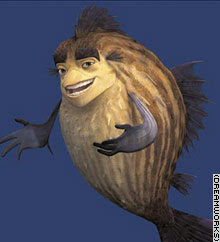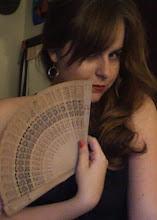Warhol and the Underground
 Andy Warhol says it's okay to get your friends high and then film them.
Andy Warhol says it's okay to get your friends high and then film them.
Why was the Charles Theatre important for the development of underground film?
The Charles offered an eclectic program of mainstream musicals, foreign films, B-movies and classics. The Charles also capitalized on a 'neighborhood' feel by exhibiting local artists, concerts and late-night screenings.
What were some of the characteristics of Baudelarian Cinema?
According to Mekas' manifesto, 'opening up sensibilities and experiences never before recorded in American Arts', contemporary reflection of the influences of Baudelaire and the Marquis de Sade, a kind of revelry in sordid prettiness.
Which underground films encountered legal problems in 1964 and why?
Flaming Creatures-rape scenes and orgies
Un Chant d'Amour-screened as a benefit for Flaming Creatures defense fund, homosexual themes.
Scorpio Rising-The film's Halloween party sequence featured male full-frontal nudity.
Warhol's Filmmaking Career
Vinyl-Edie Sedgwick's first performance in a Warhol film
The Chelsea Girls-Warhol's biggest commercial success, played in first-run theatres
Warhol's work on Chelsea Girls;
Warhol v. Bunuel: the explosive elements of Chelsea Girls can be compared to Bunuel's epic L'Age D'Or.
Warhol v. Hitchcock: Warhol's audience is not being manipulated to a specific conclusion, the audience is left with an open-ended narrative
Warhol v. Godard: Warhol's direct approach may be a less sophisticated adaptation of Godard's attempts toward improvisation






